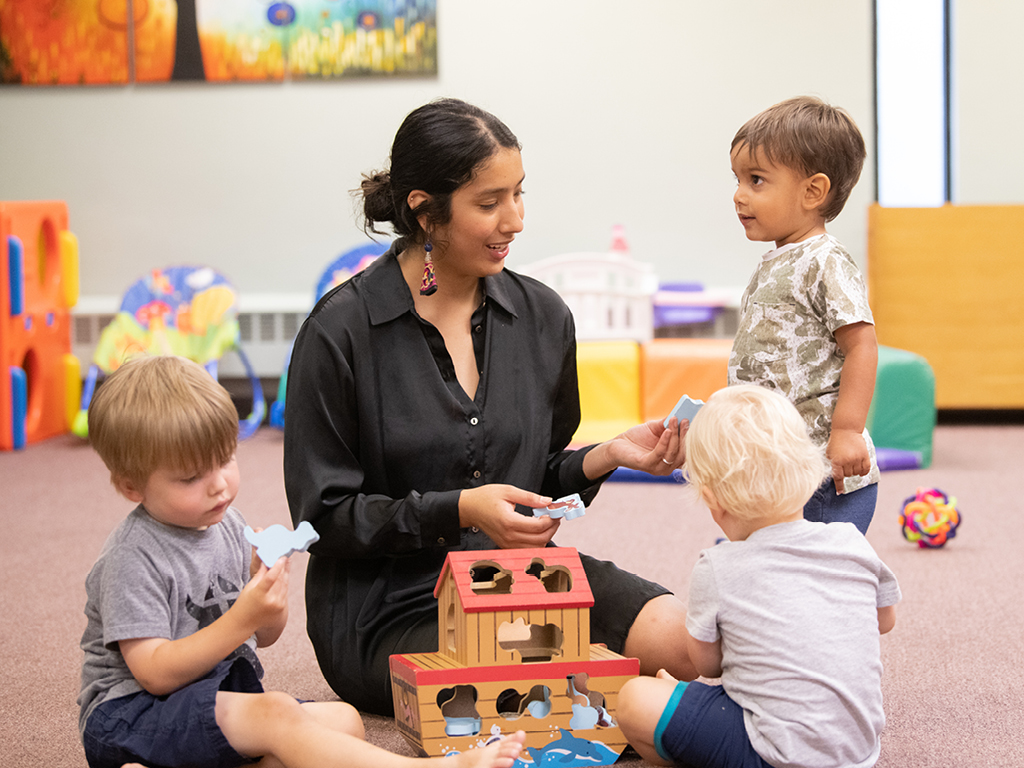By: Julia Oates
As a college student who is a few months away from graduating with an Education in Missions degree, I am frequently met with the question, “What’s your plan after college?” After answering I’m planning on getting a Montessori teaching certification, this question is usually followed up with, “So… what is Montessori?”
Trying to explain this in just a few sentences used to be daunting, but through my four years of studying this educational approach at Bethany Global University (BGU), I have learned how to break down Montessori basics.
First, Montessori curriculum is focused on five areas:
- Practical Life – the student learns how to care for themselves and their environment. For example, they learn how to properly set a table or prepare a snack.
- Sensorial – tactile materials are used for a hands-on approach to help develop the five senses (seeing, hearing, touching, tasting, and smelling). For example, a student can use a knobbed cylinder blocks to learn about depth.
- Math – tactile materials are used to help bring abstract mathematical concepts into concrete objects. For example, young students use math beads to learn numbers.
- Language – reading and writing are taught to learners through a variety of language activities. For example, students begin learning language by tracing sandpaper letters and understanding the alphabet.
- Culture – covers a range of subjects including science, geography, history, art, and music. The beauty of cultures from around the world is also explored.
Secondly, classrooms are focused on each individual learner as they discover and explore the world around them. This includes one-on-one lessons with the teacher, observing students’ specific interests, and working to incorporate them into their classwork.
The heart behind Montessori education is to walk alongside students while they cultivate a love for learning. The American Montessori Society explains the role of a teacher this way, “Montessori teachers are conduits between their students and the vast world of knowledge and discovery that surrounds them. Their role is to observe students, identifying their needs and responding with appropriate individualized guidance and instruction.”
Montessori teachers craft experiences that allow every child to thrive in their learning environment.
My time overseas on BGU’S Global Internship in Kenya confirmed my love for teaching and working with children (you can read about that experience here). I have witnessed first-hand the love, care, and support Montessori teachers provide their students, crafting holistic experiences that allow every child to thrive in their learning environment
On a logistical note, to become a Montessori teacher, you must fulfill these requirements:
- Have a bachelor’s degree (does not have to be in education specifically).
- Complete a Montessori teaching certification track (look at the Montessori Accreditation Council for more information).
- BGU offers students a pathway to gain certification through the Christian Montessori Training Program (CMTC) after graduation.
Going through a certified track, such as CMTC, will help you find a job, boost your resume, and open doors in the future. Taking the time to obtain a certified Montessori certification is worth it!
If you want to explore studying with BGU’s B.A. in Education in Missions program, click here.

